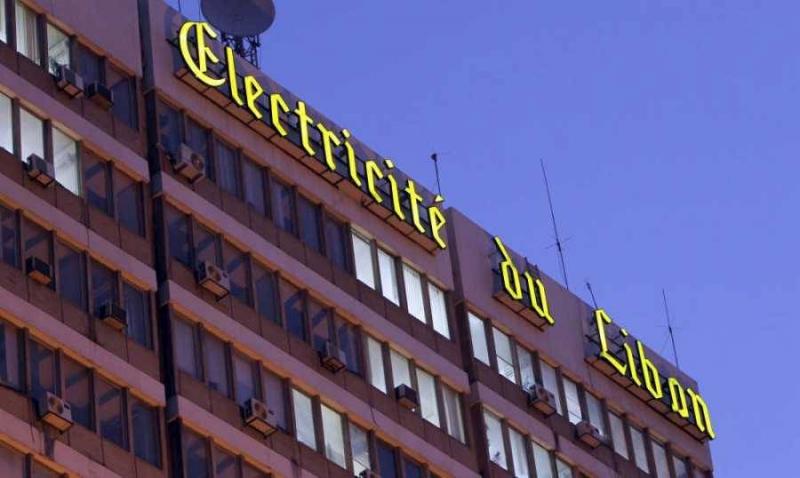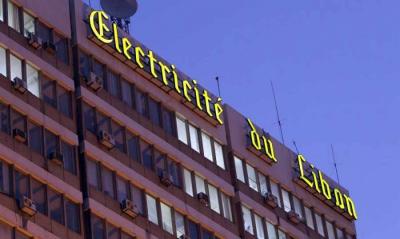Lebanese citizens are preparing for the removal of electricity subsidies, as the cost of electricity is still calculated at 135 Lebanese pounds per kilowatt hour, with current bills ranging from 50,000 to 250,000 pounds. However, with the new tariff, how will the bills change? Will they equal the generator bill? Will consumers still have to pay two bills, one for the generator and another for the state?
Initially, the new electricity tariff was expected to be implemented starting November 1, 2022, but Minister of Energy and Water Walid Fayyad announced a one-month delay, moving the implementation to early December. As it has become known, the new pricing will be as follows:
- 10 cents for the first 100 kilowatt-hours,
- 27 US cents for any consumption exceeding 100 kilowatt-hours,
- A fixed monthly charge of 21 US cents per ampere,
- $4.3 for upgrade costs.
The tariff will be calculated in Lebanese pounds according to the exchange rate from "Sayrafa" platform and will be linked to the global oil price index.
Given this, what will the electricity bill look like in the coming period, and what is the expected minimum cost? Since pricing relies on the Sayrafa exchange rate, costs have been calculated based on a rate of 30,000 pounds per dollar, although it was recorded at 29,800 pounds the day before. However, it is likely to reach 30,000 pounds, especially since the pricing won't take effect until December, and the dollar's price in the black market is nearing 40,000 pounds.
Regarding consumption costs, sources from Electricité du Liban confirm that the average monthly consumption for households ranges from 300 to 500 kilowatt-hours, with larger homes consuming more. A calculation reveals that the cost for the first 100 kilowatt-hours, at a Sayrafa exchange rate of 30,000 pounds, will be 300,000 pounds. For an average monthly electricity consumption of 300 kilowatt-hours, the cost for the first 100 kilowatt-hours will be 300,000 pounds, and adding the second portion at 27 cents per kilowatt-hour will result in a total of 1,920,000 pounds (1,620,000 + 300,000 = 1,920,000). If the total consumption reaches 400 kilowatt-hours, the cost will be 2,730,000 pounds and if it reaches 500 kilowatt-hours, the cost will be 3,540,000 pounds.
As for the fixed monthly tariff priced at 21 cents per ampere, sources confirm that the institution has previously canceled the 5 and 10 amps options. The available and adopted amperage for consumers starts at 15 amps, with 20 amps being the most commonly used. Accordingly, at a Sayrafa exchange rate of 30,000 pounds, this means that the tariff will be 94,500 pounds for 15 amps, 126,000 pounds for 20 amps, and 157,500 pounds for 25 amps.
In addition to the consumption cost and the monthly charge, there is a monthly upgrade fee of $4.3 as per the Sayrafa rate, which translates to about 129,000 pounds. Consequently, every home that consumes 300 kilowatt-hours monthly with a 15-amp hour will have to pay 2,143,500 pounds, while with a 20-amp hour, the bill will be 2,175,000 pounds. A home that consumes 400 kilowatt-hours monthly with a 20-amp hour will not have a bill less than 2,985,000 pounds, and a home consuming 500 kilowatt-hours monthly with a 20-amp hour will not pay less than 3,795,000 pounds.
It is important to remind that this calculation mechanism used an average selling price of electricity at about 27 cents per kilowatt-hour, based on the Sayrafa exchange rate. However, according to the electricity plan presented, this tariff will be adjusted every month or every two months based on the average price on the Sayrafa platform and the actual production cost based on the global oil price over the last month or two.
Moreover, this pricing of 27 cents per kilowatt-hour will be adhered to if two conditions are met: first, the state must cover the full cost of purchasing Iraqi oil, estimated at around $460 million, without this cost falling on Electricité du Liban. Second, the full cost of energy bills consumed by public administrations and institutions must be paid monthly, estimated at around $200 million, equivalent to 5 trillion pounds based on the Sayrafa rate.
Failure to comply with these two conditions would lead to an additional increase in the price of electricity by about 10 cents per kilowatt-hour, raising the rate from 27 cents to 37 cents per kilowatt-hour, making it certain that bills would be higher than those described above.
In conclusion, if citizens currently save on electricity by using state electricity for heating, cooling, ironing, and water heating, they will have to reconsider their consumption with the new tariff, as they will inevitably need to limit their consumption regardless of the energy source.




